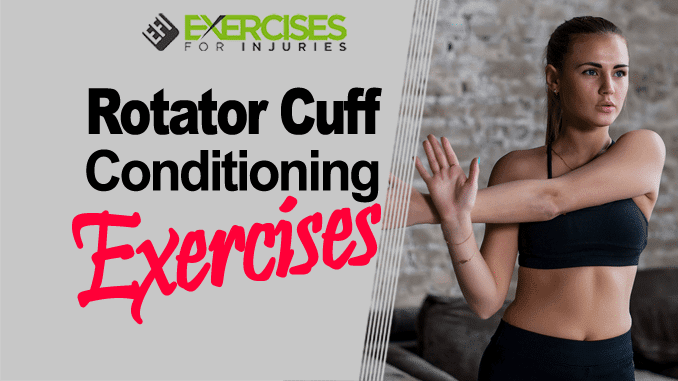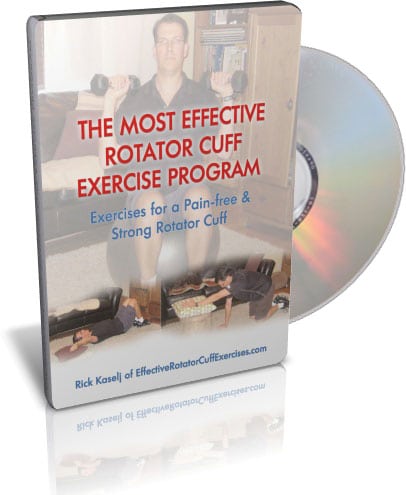
The Most Effective Rotator Cuff Exercise Program
DESCRIPTION for Rotator Cuff Conditioning Exercises:
After the back, the second most common injury a fitness professional will encounter is the shoulder. Most times, shoulder injuries, directly and indirectly, involve the rotator cuff. When fitness professionals hear that their client has a rotator cuff issue, they focus on strengthening. Strengthening is crucial for your rotator cuff client, but it is only one part of an effective rotator cuff conditioning program.
In this webinar, fitness professionals will learn how to avoid common rotator cuff exercise mistakes, the five components of a rotator cuff condition program, and exercises to help their client’s rotator cuff injury. The fitness professional must address all five areas of a rotator cuff conditioning program to rehabilitate the rotator cuff fully. If not, they will only band-aide the injury and not fully help their client overcome their rotator cuff injury.
What Will you Learn in this Rotator Cuff Conditioning Exercises Webinar:
- Common mistakes fitness professionals make when designing an exercise program for the rotator cuff. Failing to consider the specific needs of this muscle group, such as the fact that it is a small, delicate group of muscles that require a higher volume of exercise compared to most other muscle groups.
- The five components of a rotator cuff conditioning program. To strengthen the rotator cuff, you want to focus on resistance exercises that involve these components.
- Exercises to avoid if your client has a rotator cuff injury. Clients with a rotator cuff injury should avoid these exercises because they can aggravate the condition.
- Essential exercise modification to help and not harm your client’s rotator cuff. The best way to avoid injury and maximize the benefits of exercising with a rotator cuff injury is to talk to your physician or physical therapist and get a tailored exercise program.
- Effective rotator cuff conditioning program to help your client recover from a rotator cuff injury. This program is perfect for individuals who are looking to improve their strength, flexibility, and stability on their shoulders.
The essential element of a shoulder rehabilitation program is using a rotator cuff exercise program. Research suggests that the rotator cuff should be included in the comprehensive shoulder rehabilitation as part of the program. This is because when muscles are weak, they become more prone to injury. So while strengthening the muscles is crucial, it is essential to include other components of an effective shoulder rehabilitation program.
INSTRUCTOR: Rick Kaselj – MS., B.Sc., PK, CPT, CEP, CES
Rick Kaselj specializes in exercise rehabilitation, post-rehab, active rehabilitation, therapy, and corrective exercise. He works in one-on-one and group rehabilitation settings, training people who have been injured at work, in car accidents, and during sports activities. His clients and group exercise participants include a wide variety of individuals from healthy and special populations.
Rick recently completed his Master of Science degree focusing on corrective and therapeutic exercises for the rotator cuff. Rick has given over 233 presentations to 4531 fitness professionals and consumers across Canada while continuing to work in rehabilitation centers, physiotherapy clinics, fitness clubs, and personal training studios. To reach Rick or learn about his exercise rehabilitation courses, please visit www.ExercisesForInjuries.com.
NOTE: This product has been retired.
Take care.
Rick Kaselj, MS




